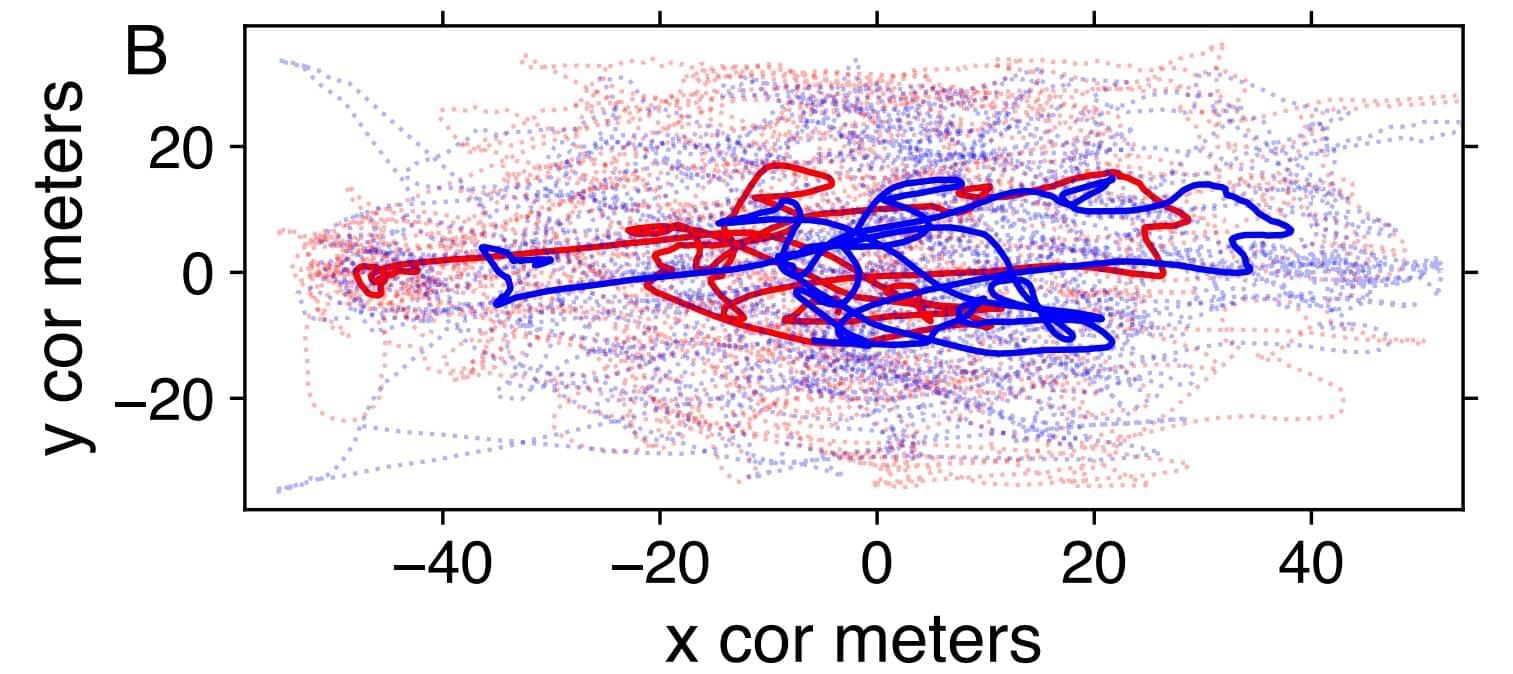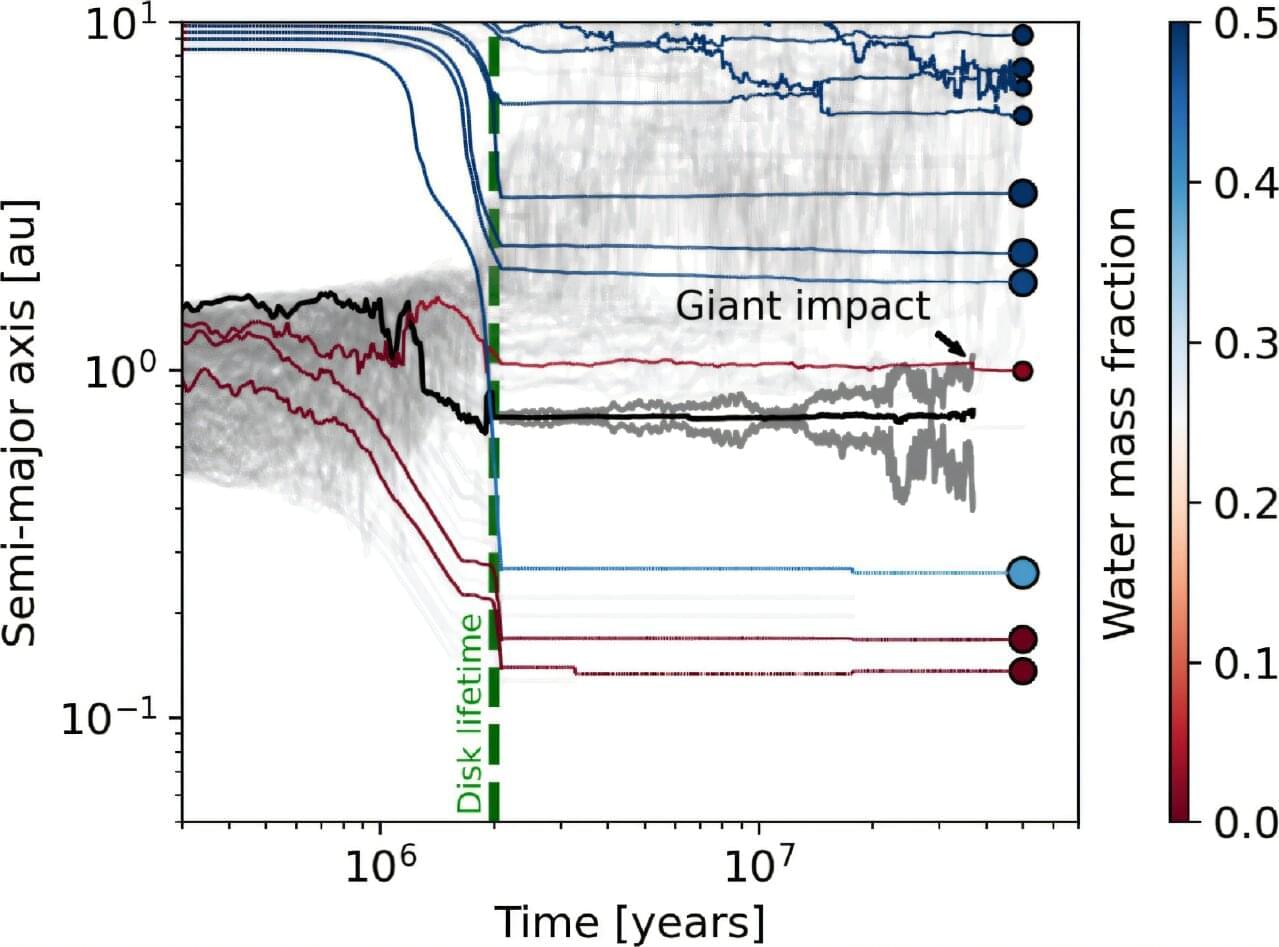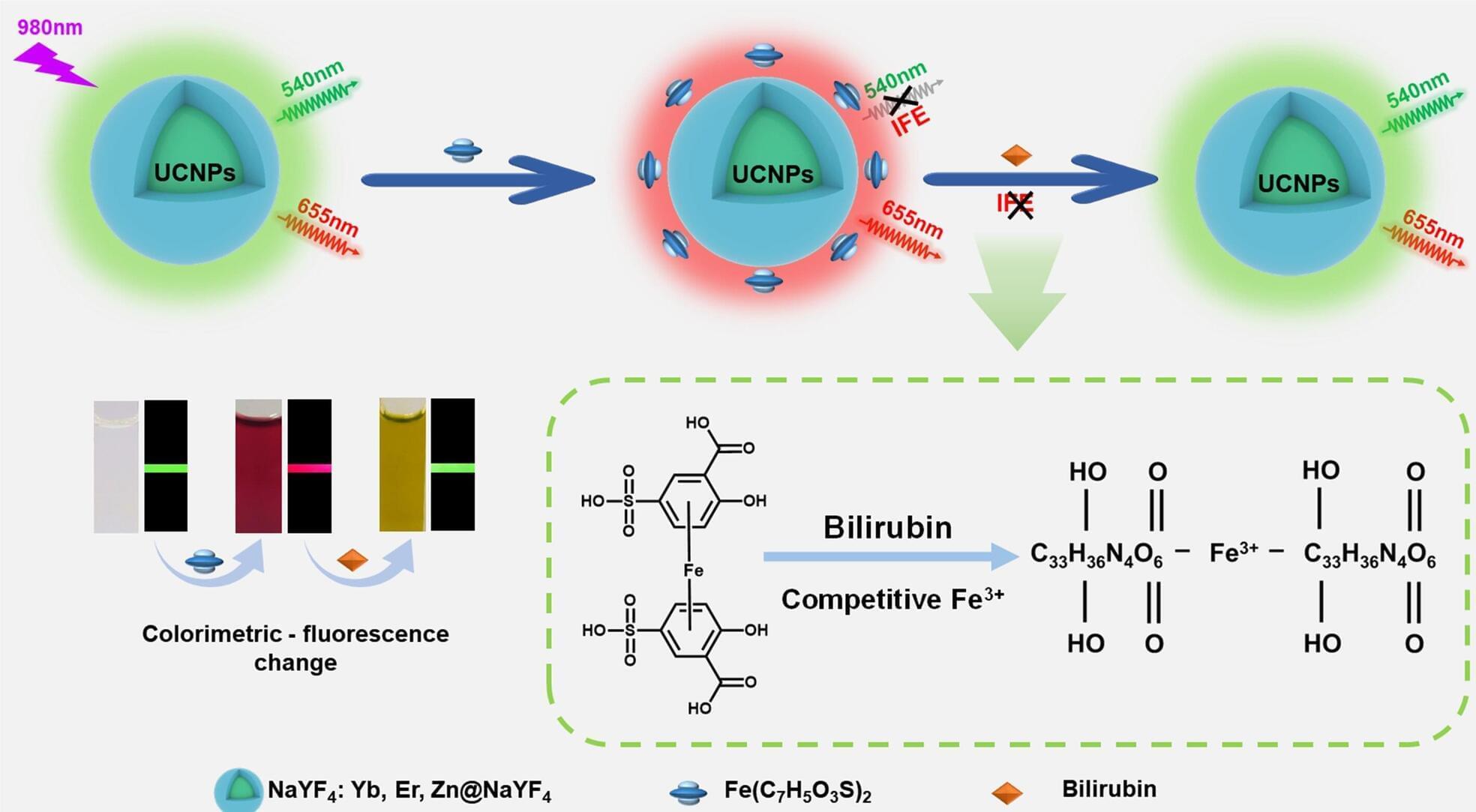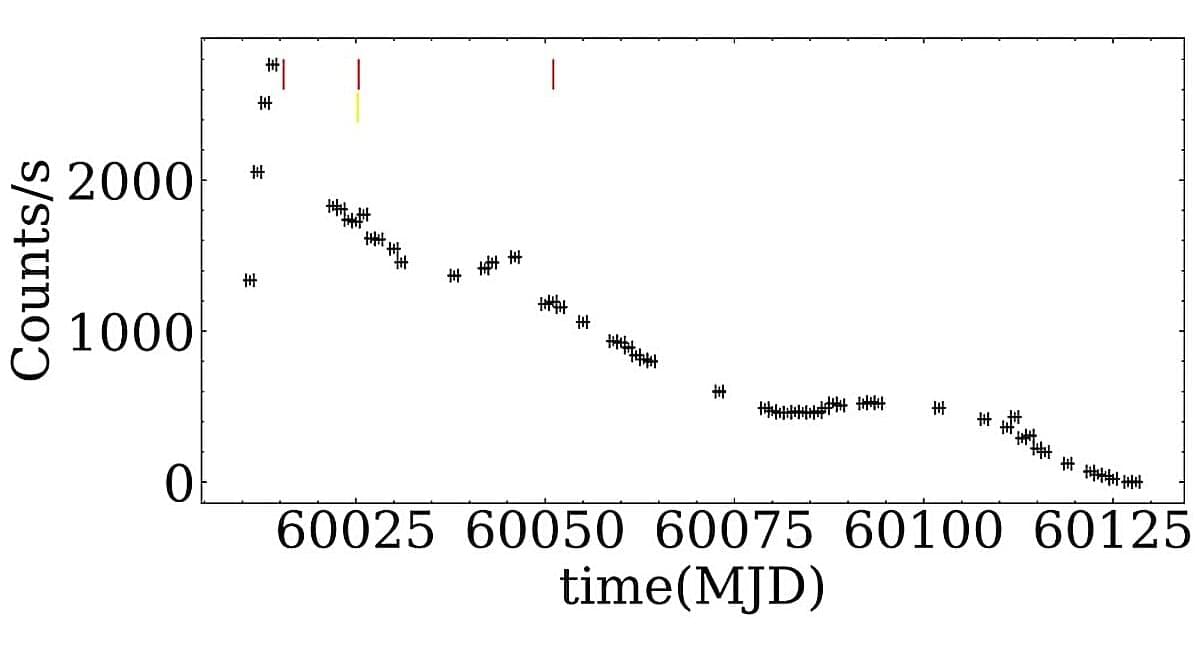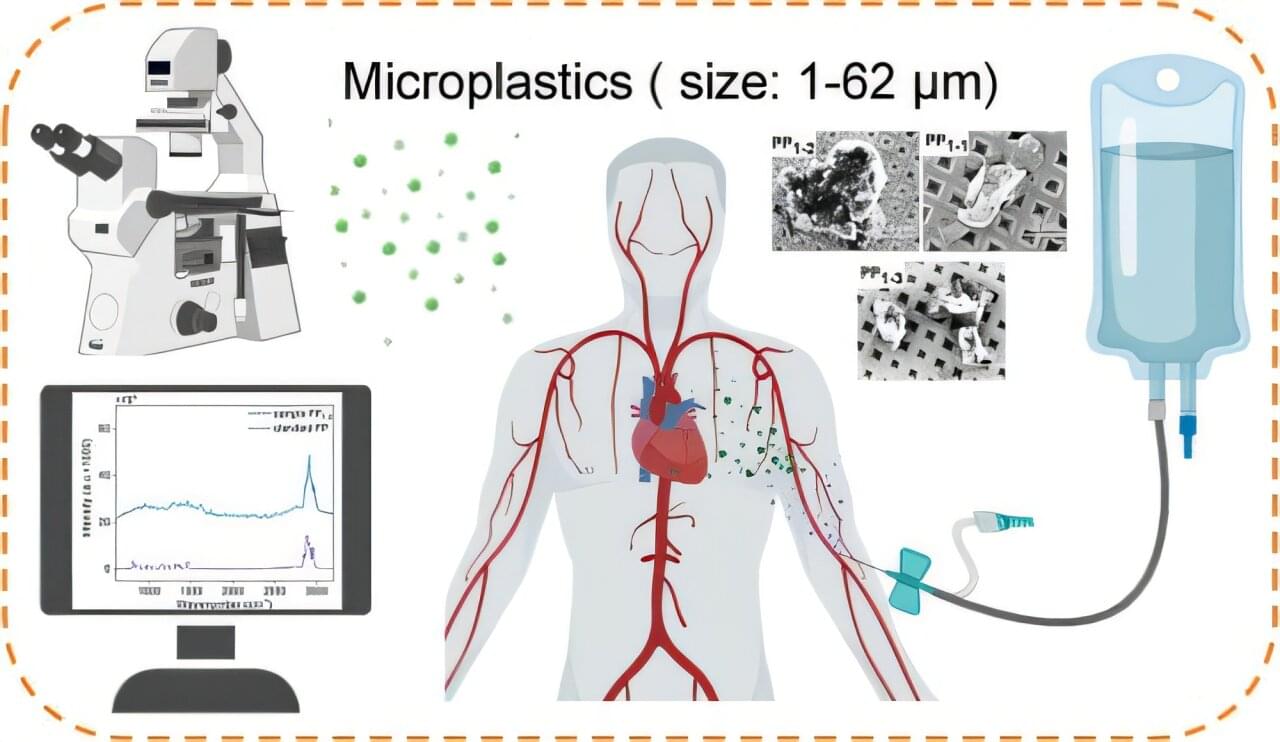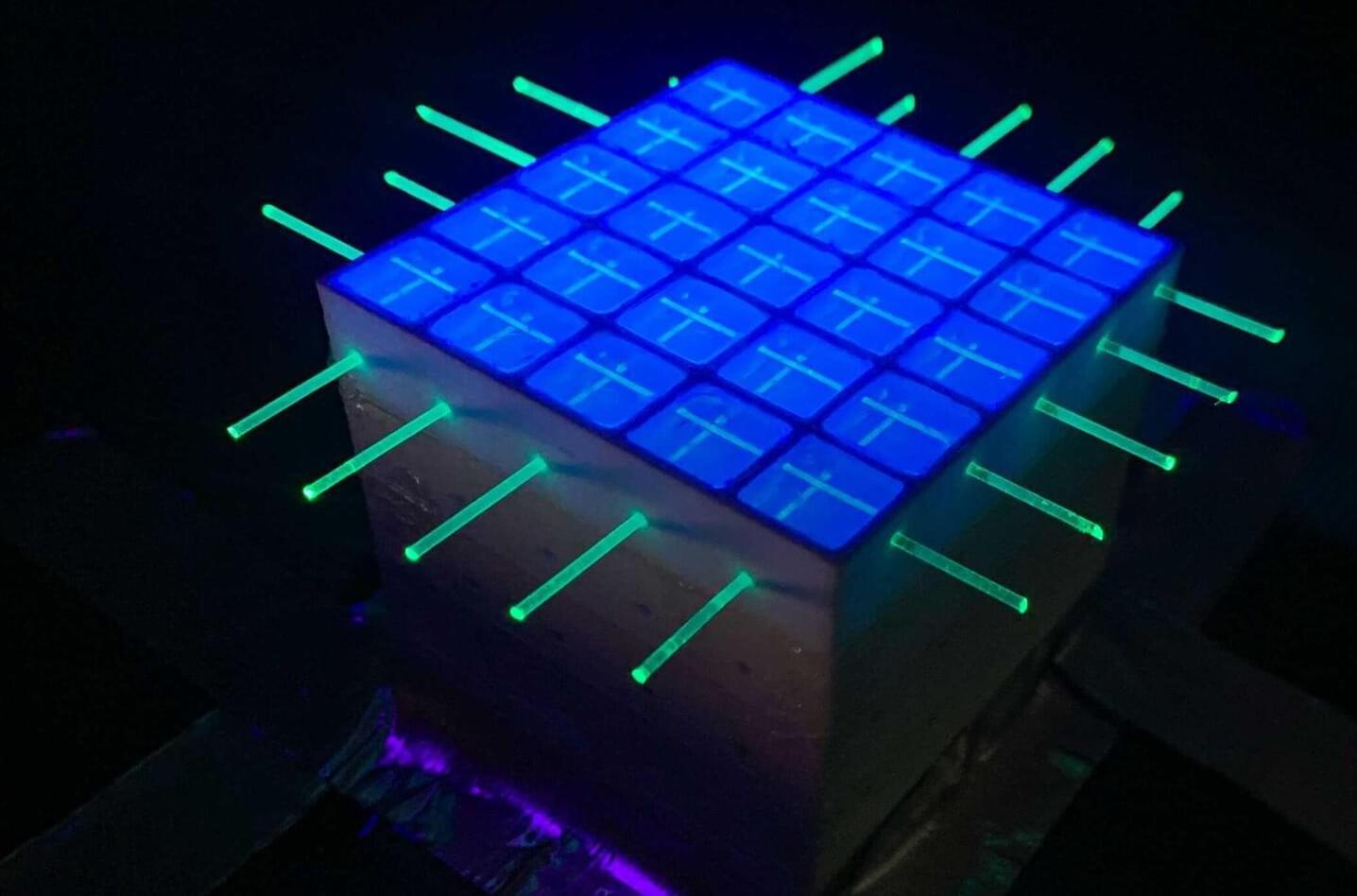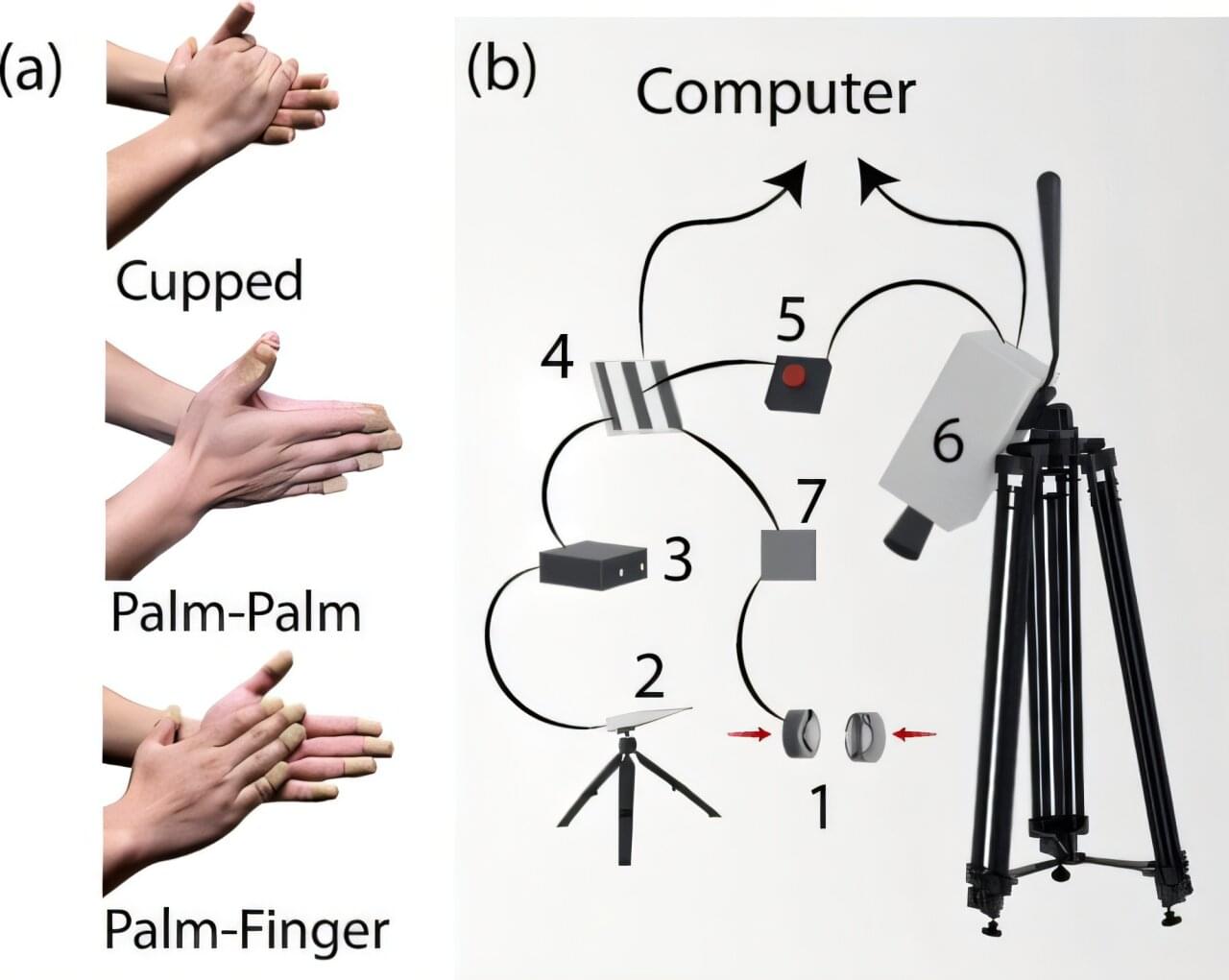What do albatrosses searching for food, stock market fluctuations, and the dispersal patterns of seeds in the wind have in common?
They all exhibit a type of movement pattern called Lévy walk, which is characterized by a flurry of short, localized movements interspersed with occasional, long leaps. For living organisms, this is an optimal strategy for balancing the exploitation of nearby resources with the exploration of new opportunities when the distribution of resources is sparse and unknown.
Originally described in the context of particles drifting through liquid, Lévy walk has been found to accurately describe a very wide range of phenomena, from cold atom dynamics to swarming bacteria. And now, a study published in Complexity has for the first time found Lévy walk in the movements of competing groups of organisms: soccer teams.
